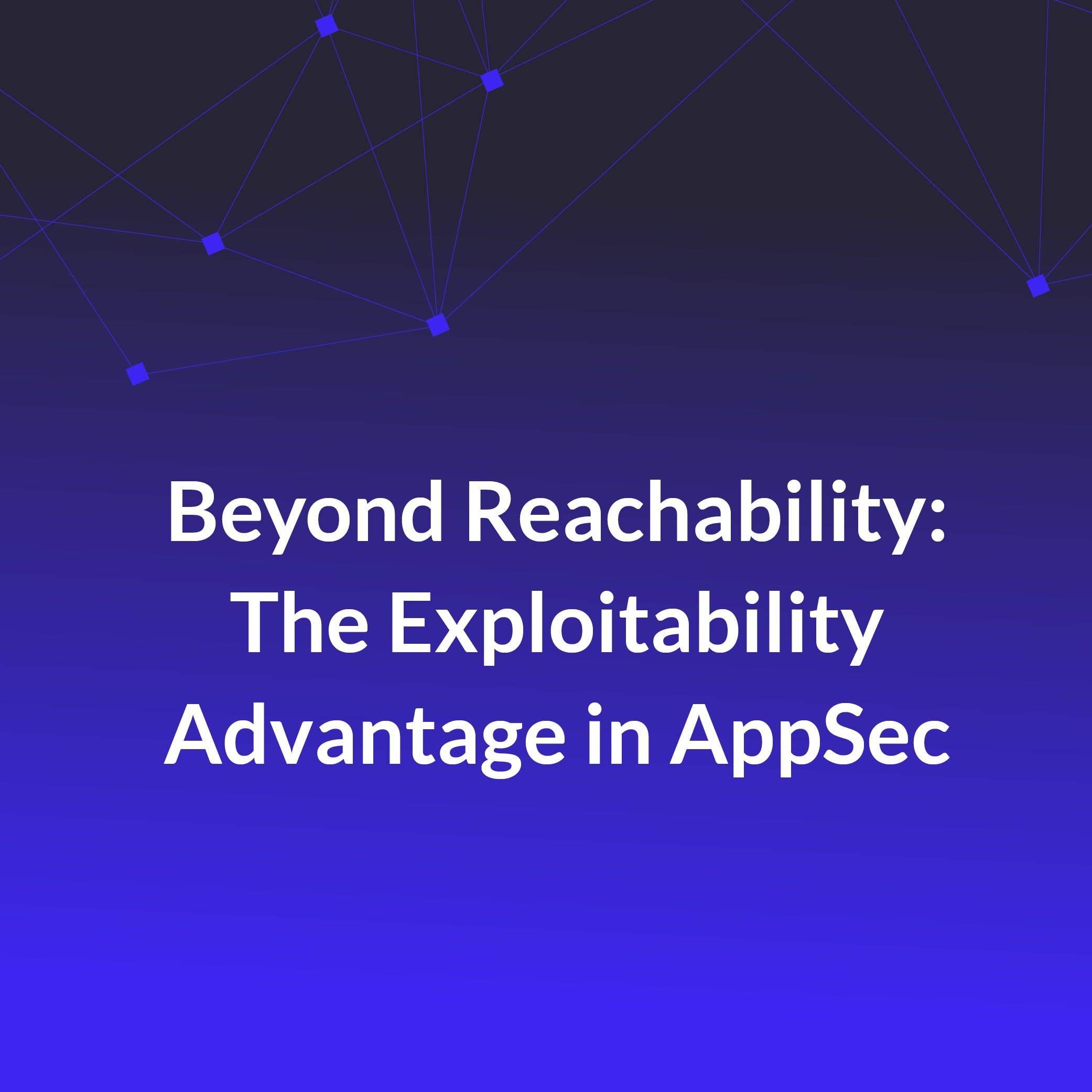As many of you know, DryRun Security was selected as one of the finalists in the Black Hat Startup Spotlight competition, and we had an incredible time showcasing how we're empowering application security teams and developers to detect risks that don't fit traditional patterns.
Our AppSec Code Policies and code awareness view are helping teams sift through hundreds or even thousands of daily code changes to spot the most risky code merges. We're doing this by leveraging Large Language Models (LLMs) instead of relying on old-school pattern matching.
But, this isn’t a blog post about that. Instead this blog is a recap of the talk I gave at BlackHat and is focused on the industry at large and why I believe AI will transform AppSec specifically.
The Big Idea: AI will do for Security what the Cloud did to Ops
Back in the early 2000s, the cloud came along and turned operations on its head. We went from managing a handful of servers to orchestrating thousands, thanks to virtualization and containerization. This seismic shift led to the rise of DevOps—a necessity for efficient operations in a cloud environment.
Tom Limoncelli summed up this view: "DevOps was the inevitable result of needing to do efficient operations in a distributed computing and cloud environment."
It was the macro-pressures of distributed computing where DevOps was born, it shifted the meaning of operations and scale an order of magnitude past where it had been.
Once you agree to that premise, you wonder, why didn’t security make the shift along with Ops…
Why Security Was Largely Left out of DevOps
There was a desire by some in the industry (me included) to bring security to DevOps under the banners of DevSecOps or shift left. But, it was naive. Security teams have a very different problem than ops teams did at the rise of cloud. They have a data problem from too many documents, reports, audits, tool telemetry and more, along with a rapidly shifting development environment where code velocity is going through the roof.
So, then we tried to fix things with "shift left" and DevSecOps, but these often just added more gates and slowed everything down. Developers got bogged down with bloated backlogs and confusing security scans.
Steve Bellovin, when opining about the state of the industry in his book Thinking Security, noted, "We're protecting the wrong things and we're hurting productivity in the process."
Ok, so How can AI Help?
As security engineers and practitioners it's easy for us to poke at AI and LLMs and show flaws and problems. It’s in our nature to do so, I get that. However, there are some tasks that LLMs are very well suited for and they are going to prove to be game changers for our industry.

Namely, for tasks that require summarization, transformation, and information extraction, LLMs excel at these. For tasks that require generation, LLMs are getting better month-by-month. When you apply the list of things that LLMs are good at and overlap that with the data problem (documents, reports, audits, tool telemetry), you can see how our industry is ripe for leveraging AI to scale out AppSec efforts.
Solving the Data Problem Security Faces
This isn't just theoretical. This is the approach we take at DryRun Security, and our customers are benefiting from it today.
Here's where AI and LLMs come into play. Instead of relying on pattern matching and rule-writing (which are time-consuming and often miss the mark), AI allows us to:
- Ask Human-Like Questions About Code Changes: Who wrote this? What's the intent? Could this introduce a vulnerability?
- Leverage Context in our Security Analysis: Understand not just the code, but the environment, the potential impact, and more.
- Scale Our Efforts: In a sense, AI becomes the embedded security champion on each team and is able to scale our appsec program horizontally.
At DryRun Security, we've embraced this through the process we call Contextual Security Analysis, which classifies context in our SLIDE model:
1. Surface: Identify entry points and interfaces.
2. Language: Understand the programming language and framework.
3. Intent: Grasp what the developer intended the code to do.
4. Detection: Spot anomalies or potential issues.
5. Environment: Consider where and how the code will run in the real world.
Looking Ahead: A New Era of Security
In a few years, my bet is that we'll look back and wonder how we ever managed without AI in the field of application security. The old ways of pattern matching will seem as outdated as dial-up internet. We'll realize how much context we were missing and how AI opened the door to a more efficient, effective approach.
Join Us on This Journey
I'm genuinely excited about what the future holds, and I'd love for you to experience it firsthand. If you're curious about how AI can revolutionize your application security, check out a demo to see how we're bringing AI-powered security right to your fingertips.
Final Thoughts
The cloud forced operations to evolve, and now AI is doing the same for security. It's not just about keeping up—it's about staying ahead.
Thank you for being part of this incredible journey and being a friend of the company and reader of this blog.


